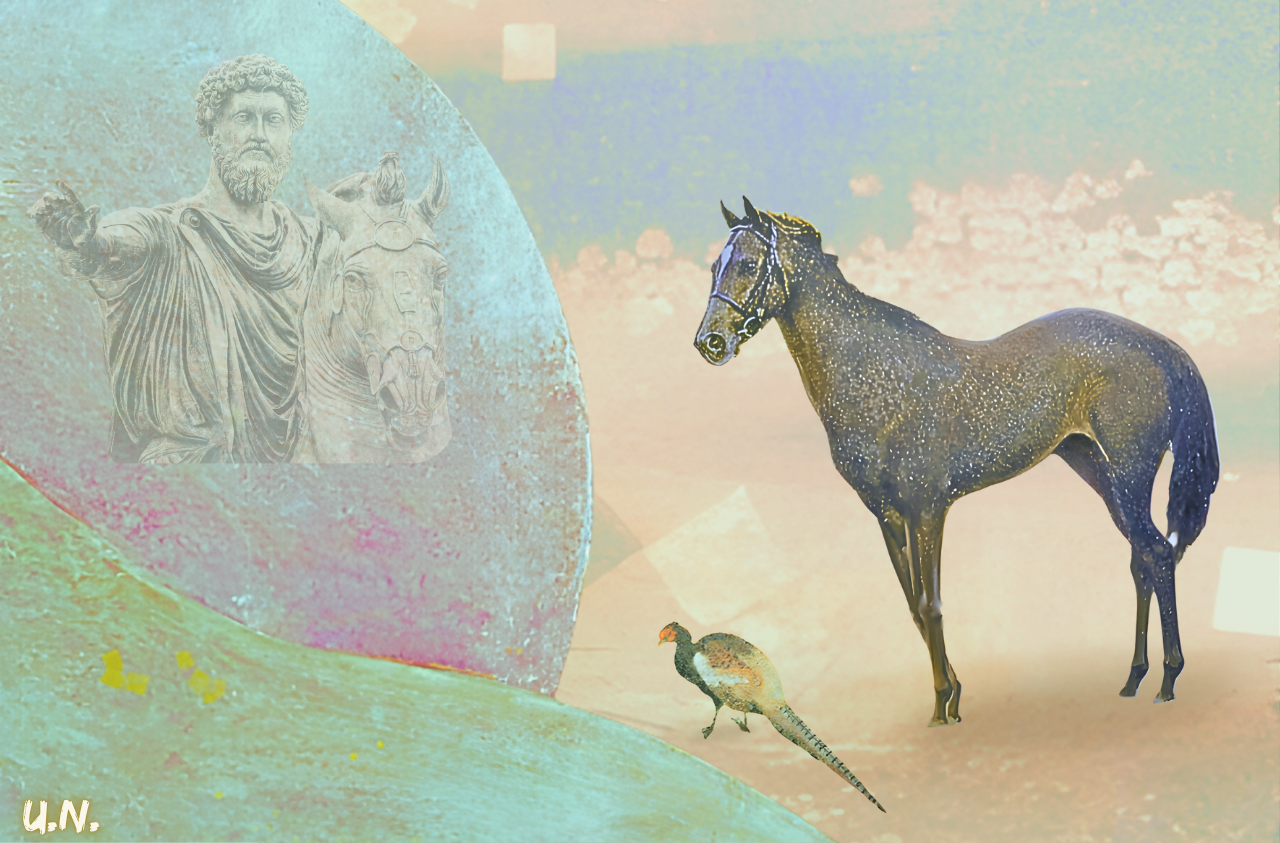Emperor’s Equestrian Statue – A Legacy of Reason, Cast in Bronze

From the samurai of medieval Japan to ancient Rome —
our second episode turns to the equestrian statue of Marcus Aurelius (121–180).
Known in Japan as the “philosopher-emperor,” Aurelius’s Meditations continues to be read across generations.
In imperial Rome, many life-sized equestrian statues of emperors were created.
Yet after two millennia, only one survives — this solitary figure.
Together with viewers from around the world, we explored the quiet secret of its survival.
In this episode, we look at
・the shared forms and distinct features of equestrian statues across cultures, and
・those who preserved this monument and carried the emperor’s spirit into later ages.
As the last emperor of Rome’s golden age, he disciplined himself and fulfilled his public duty even in difficult circumstances.
In the Renaissance, the statue was placed at the heart of the city, becoming a symbol of Rome’s rebirth.
And in the eighteenth century, his spirit resurfaced in an unexpected form.
In Part IV of Gulliver’s Travels, a noble race of horse-like beings—the Houyhnhnms—live lives governed by reason and restraint.
By contrast, the human-like Yahoos appear as creatures bearing the “beastly” traits that Aurelius describes in the Meditations.
Through this contrast, Swift wove a sharp critique of European society into his tale.
What can we read from this equestrian statue?
And what message should we carry into the future—
and in what form should we pass it on?
I hope to continue exploring these questions together.
Our next episode turns its focus to the creative spirit.
Please look forward to it.
Statue Image (excerpt): Replica of the Equestrian Statue of Emperor Marcus Aurelius, Capitoline Hill, Rome, Italy
Horse and Bird illustrations: Created by our company using generative AI

